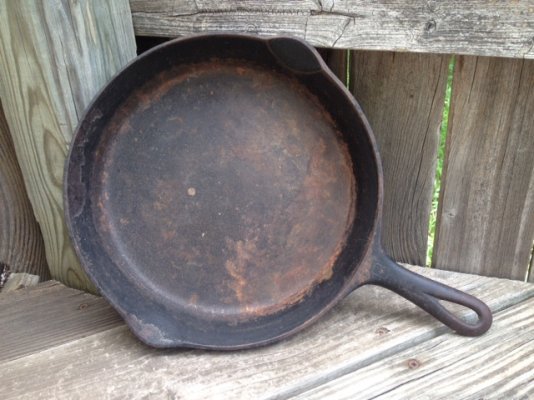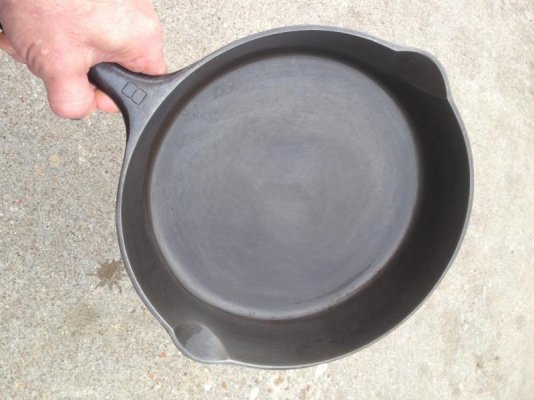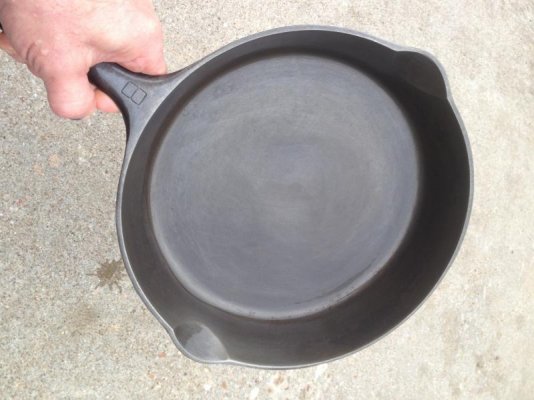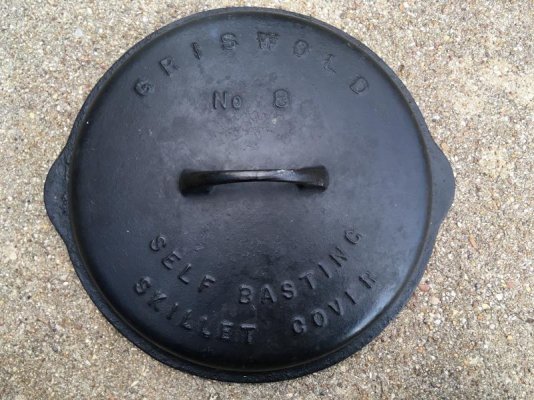It would take a monumental amount of polymerized (basically burned in) oil to fill in the surface of most new cast iron pans to a point of slickness. There are some premium pans out there for which this MIGHT not be the case. Proteins will release from a properly heated pan, even if it's bumpy, so as long as you understand how to cook this shouldn't be too much of a problem.
All this being the case, you should just start cooking in the pan. One or two seasoning sessions won't do much of anything given the state of the surface of the pan in the first place.
An alternative would be a French black steel pan which comes smooth as a baby's bottom right out of the box, but won't recall the days of wagon trains heading out west like cast iron will.
As metals go, none of the ferrous metals are good heat conductors. The advantage of cast iron is its thermal mass. I will develop hot spots due to the poor heat conductivity of the metal. but once heated evenly, it maintains its temperature better when cold food is added to the pan. This makes it great for everything from searing foods, to slow simmering, to stewing, braising, baking, and roasting. Its sturdiness makes it even great over an open cooking fie at camp, ot for use over charcoal. When seasoned properly, it will not add metallic flavor to foods, and is virtually non-stick..The downside, is that it can shatter catastrophically it plunged creaming hot into cold water., Cast iron is brittle, and doesn't have any malleability.
Mineral steel, also known as high-carbon steel,, is lighter in weight, ans is as durable, and stick freed as is cast iron. However, the pans are thinner, and develop even more not-spots. They also don't hold heat as well, that is, when food is added to the pan, the metal quickly transfers its heat energy to the food, an the metal cools significantly. This is somewhat offset by its ability to absorb heat more quickly from a heat source though. If you think abut it, a carbon steel wok is simply a uniquely shaped carbon steel pan. its only real difference s that it has high, rounded sides, which both bleed off the heat from the pan bottom, and can be used as a lower temp warming area, and which allow you to add grater amounts of food. The bottom, where the heat is concentrated, is kept hot with a very hot heat source, such as a blow torch, or gas flame. You can use the same cooking techniques with an carbon steel pan. You simply need to understand the physical properties of the metal, and how it reacts to heat.
As far as the grainy texture of new Lodge, and other brands of CI pans go, as you season it, and cook with it, over time, the cooking surface becomes smooth. But even before it does, that grainy texture will not decrease its non-stick performance. Also, it you go online, you can find both Griswold z9 the best CI pans ever made), and Wagner CI [ans that are both inexpensive, and have that desired smooth, slick cooking surface. These pans are way undervalued, and are a treasure to own, and use.
I hope this post has been helpful.
Seeeeeya; Chief Longwind of the North





